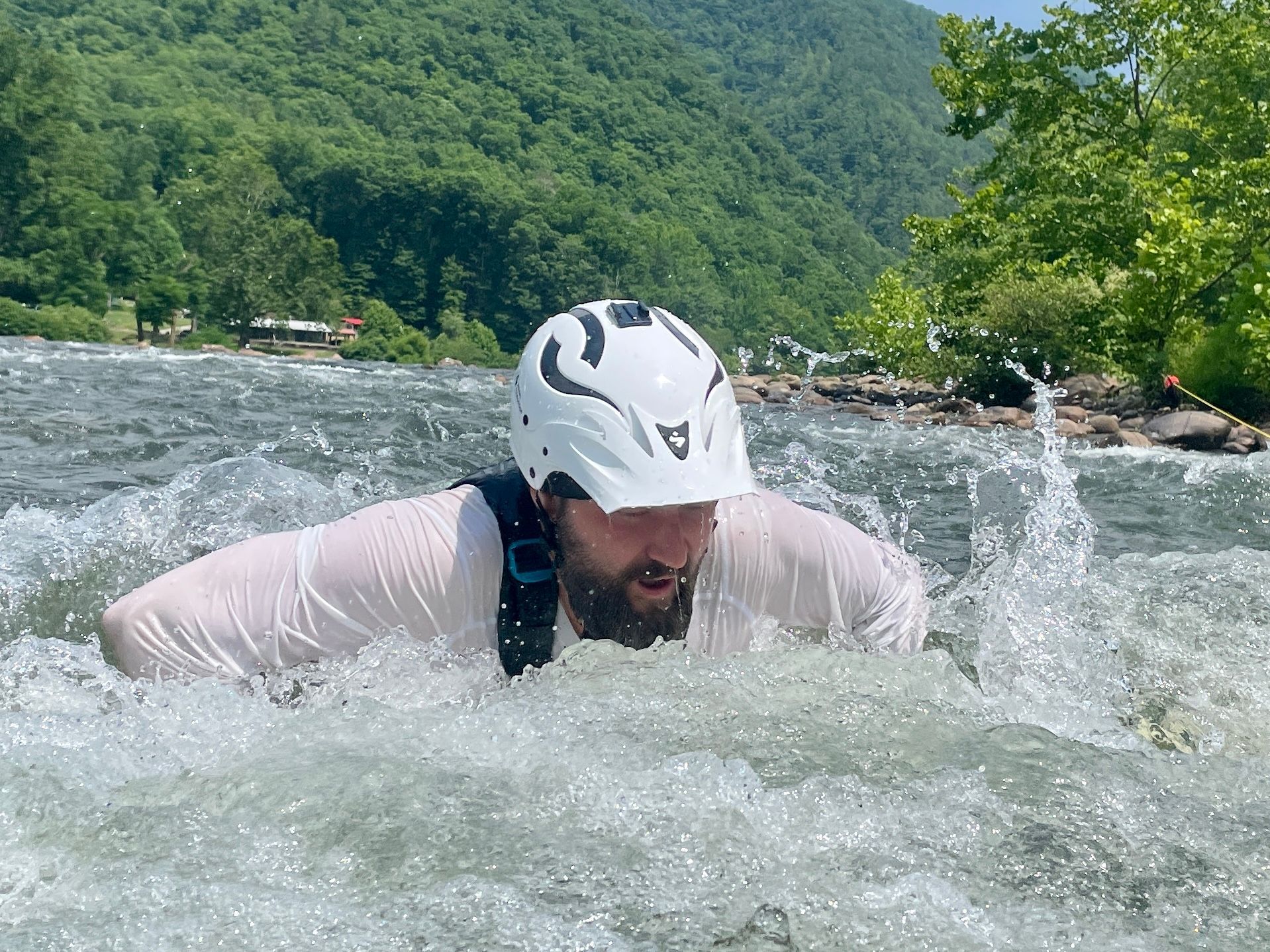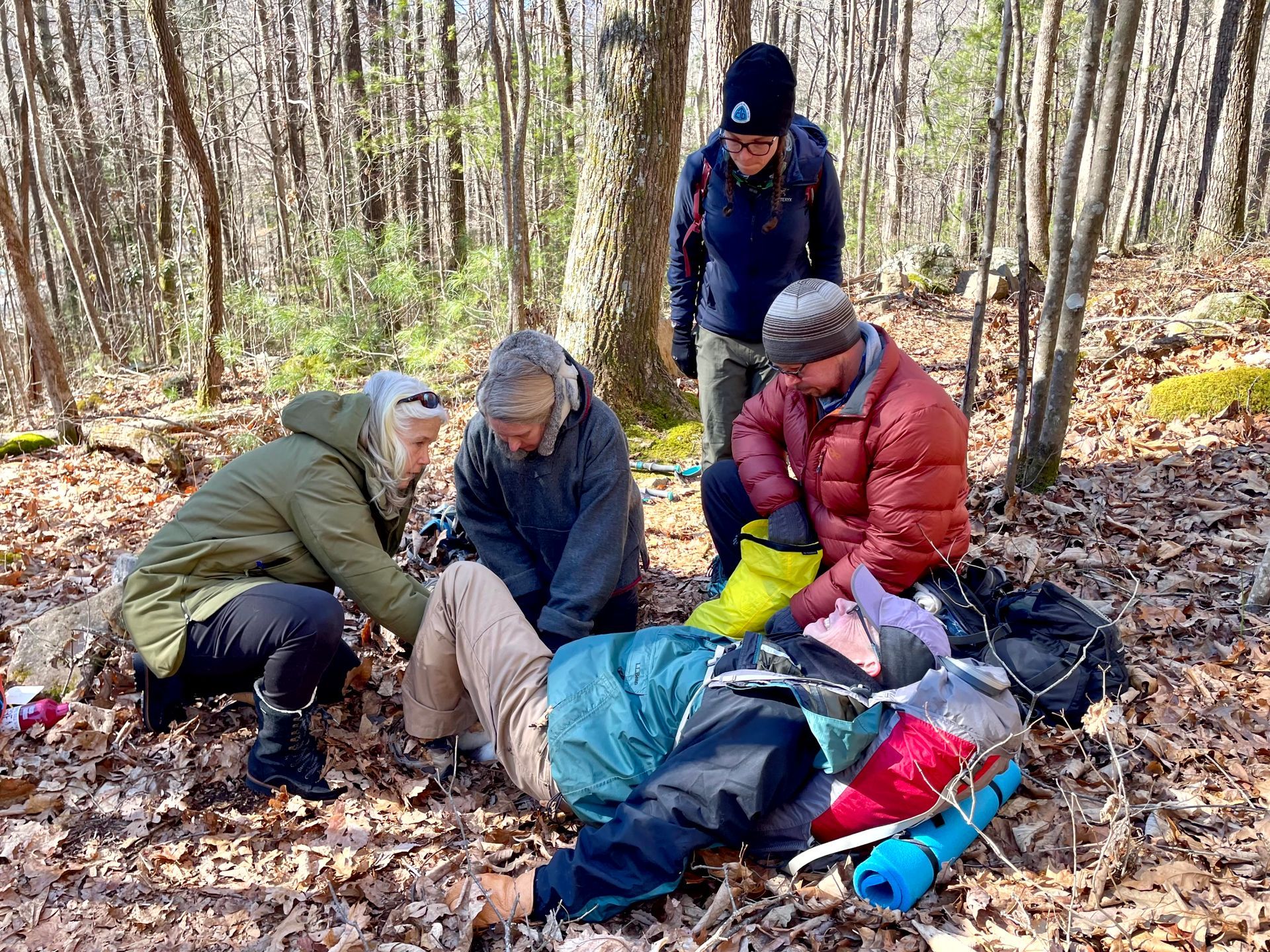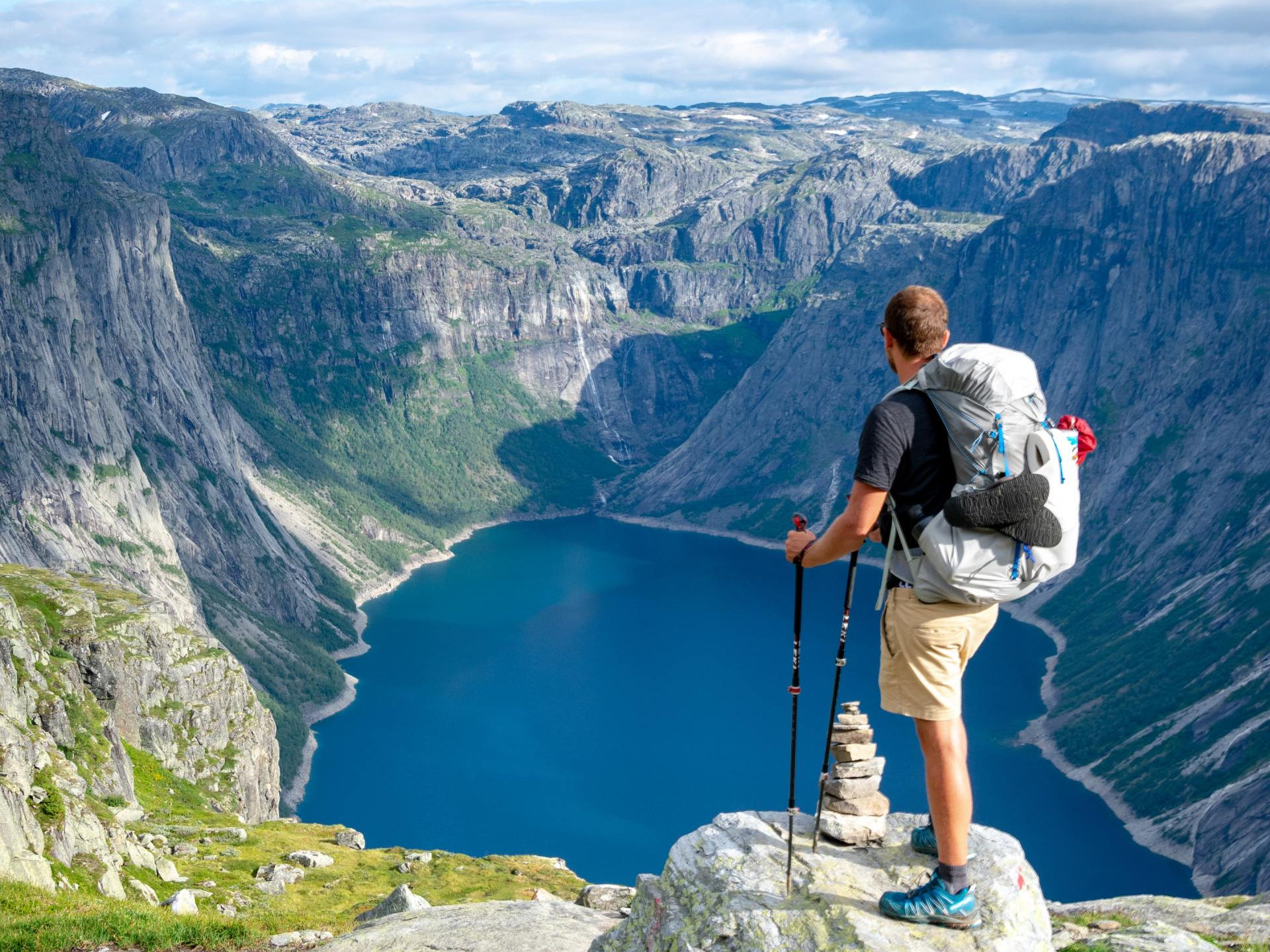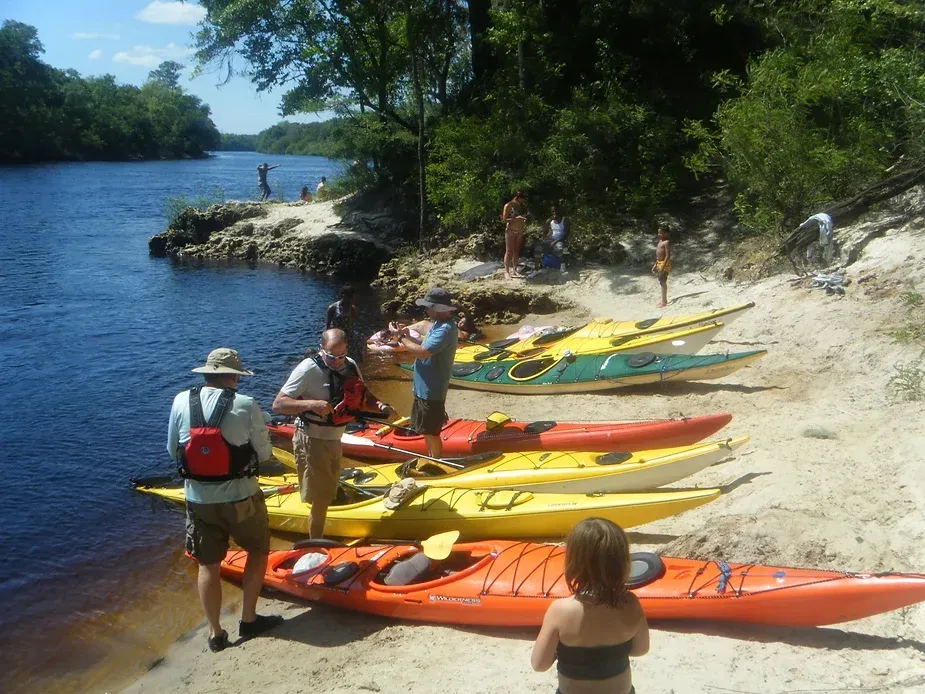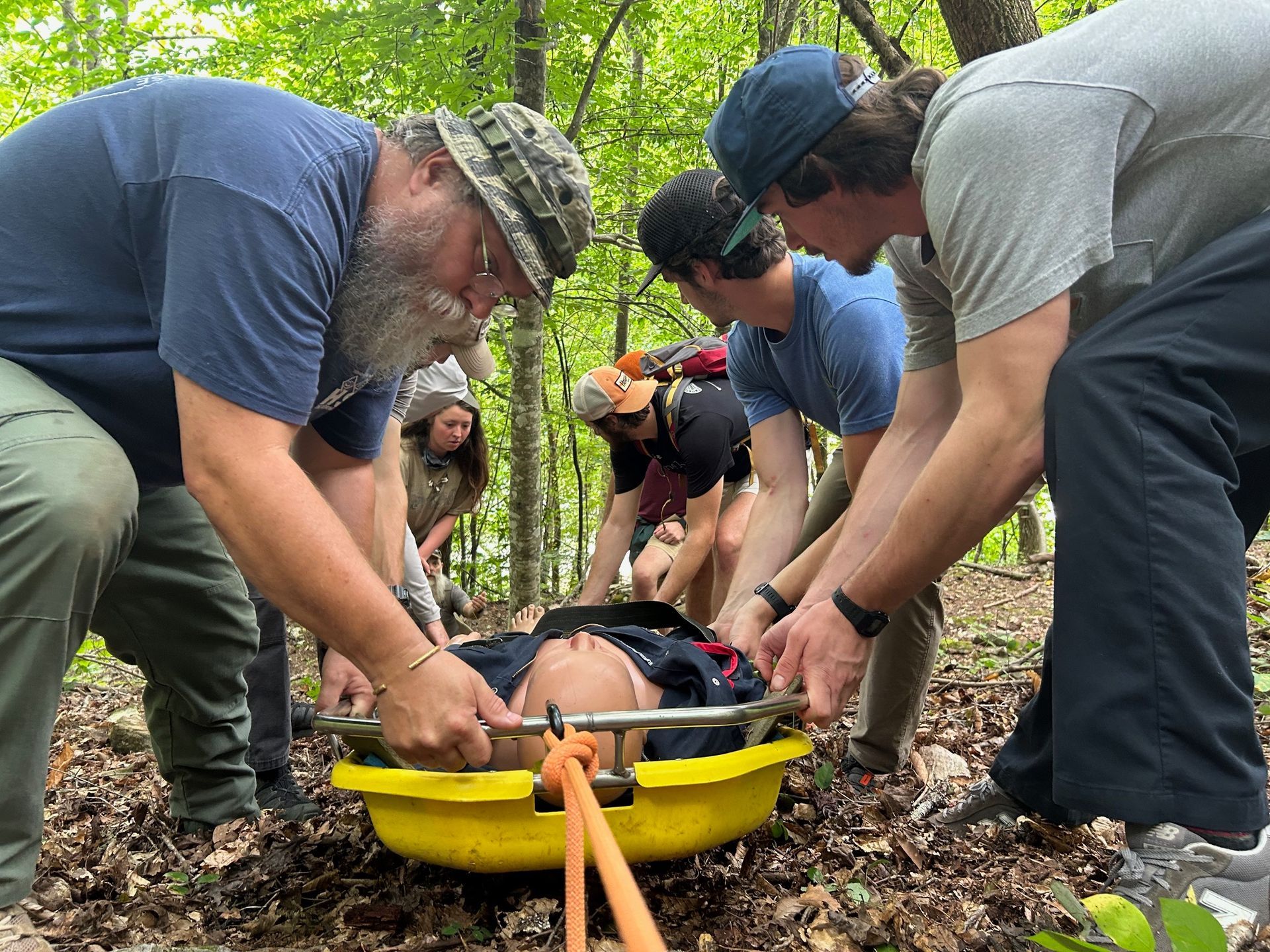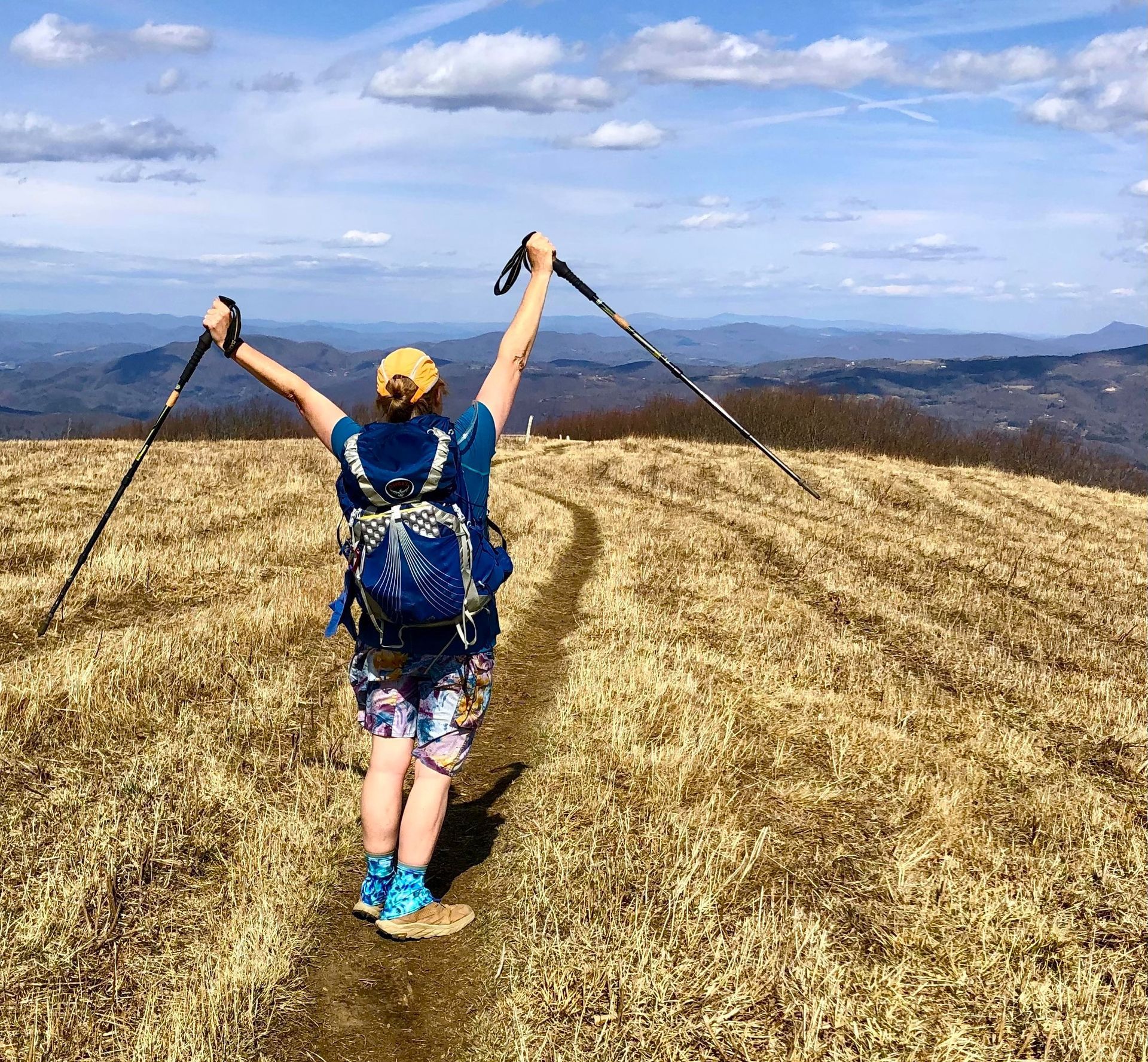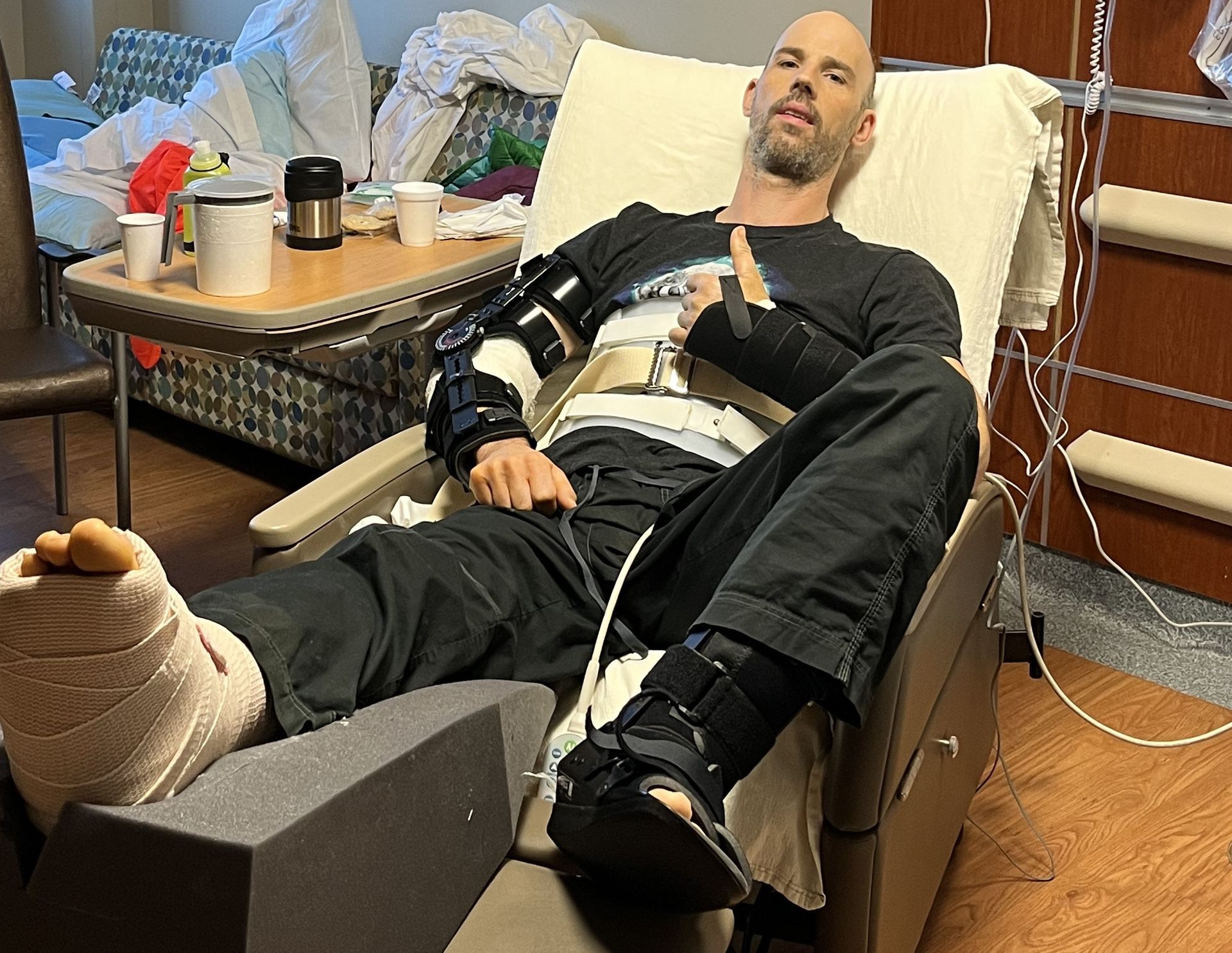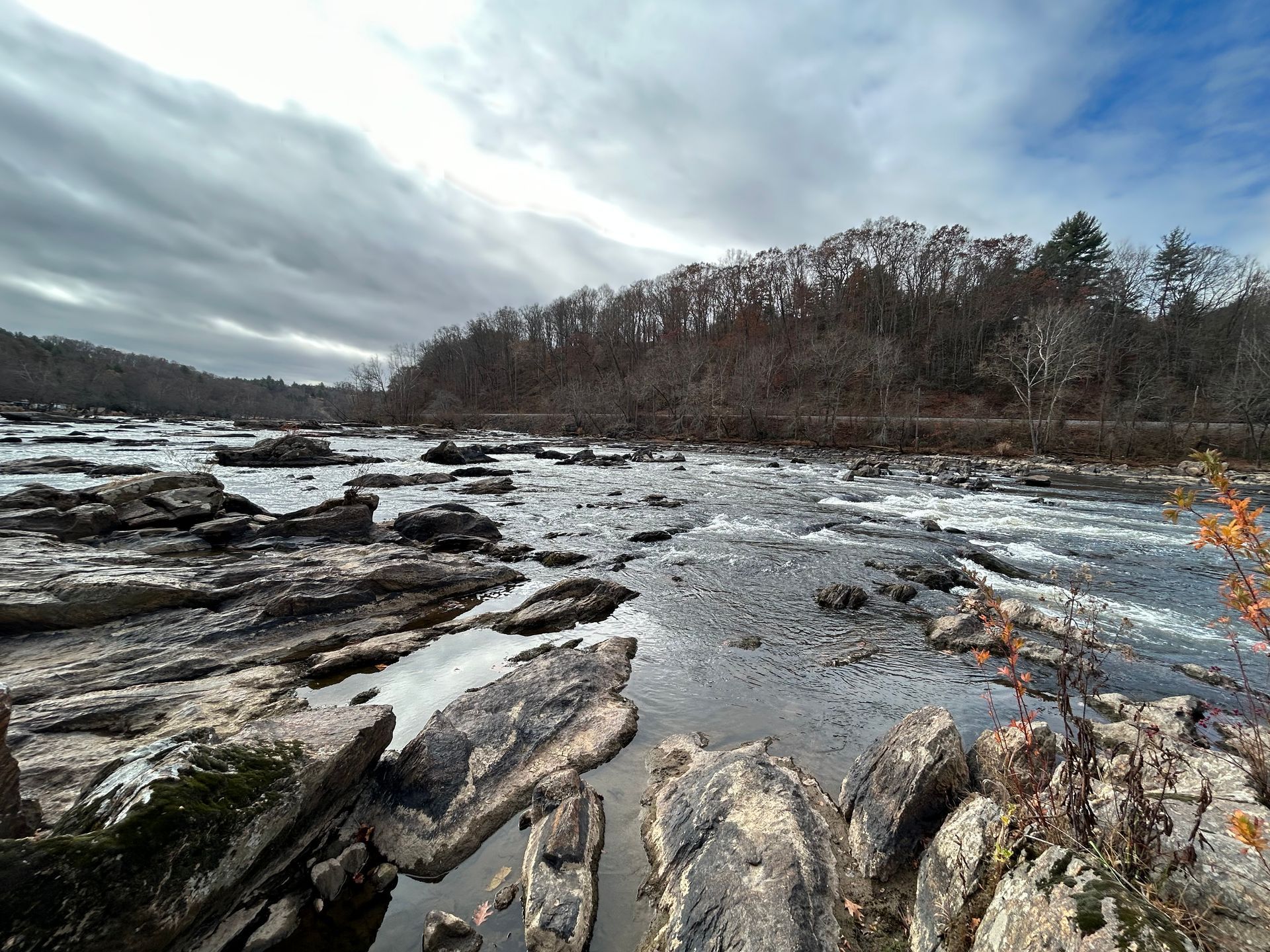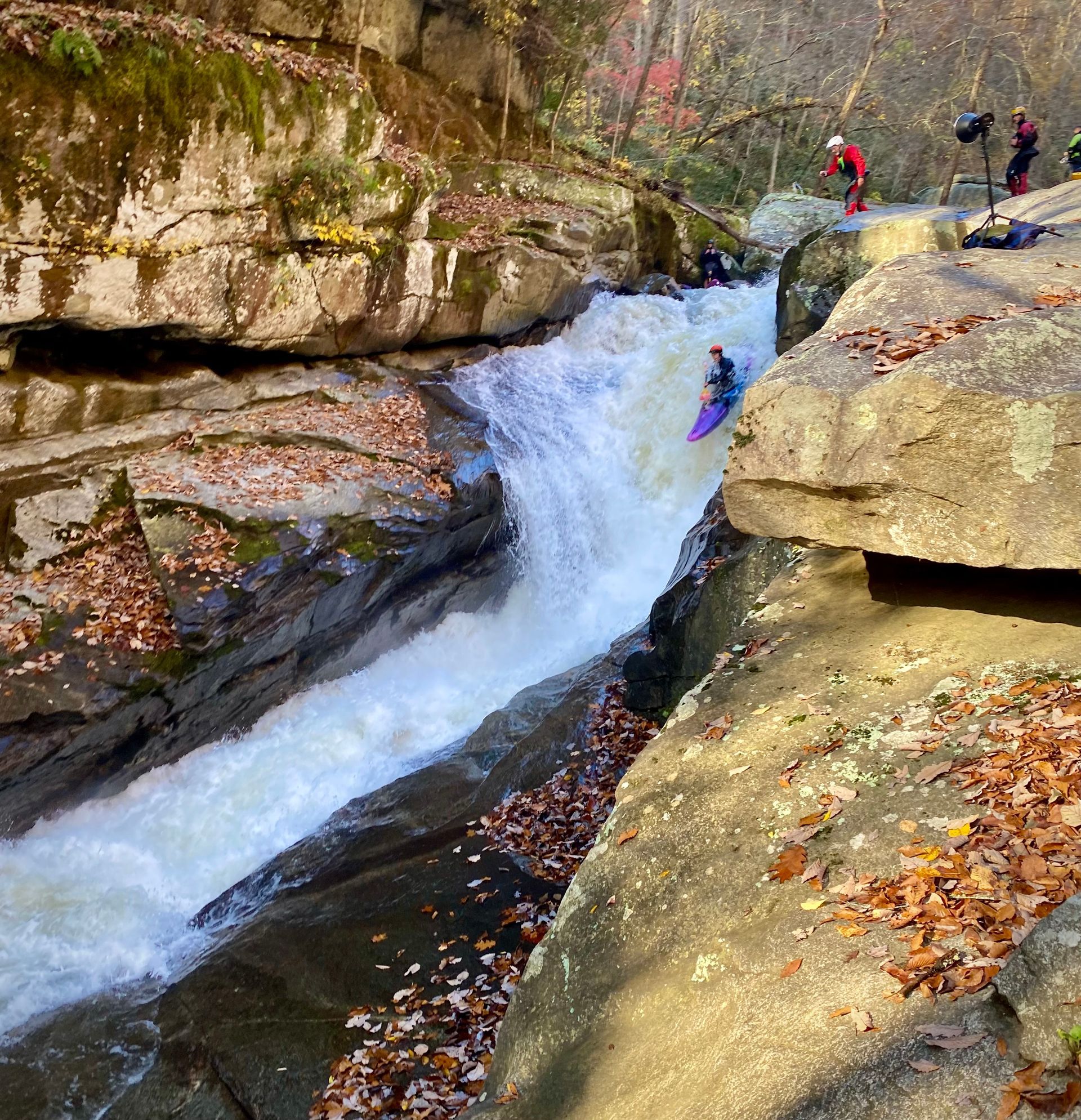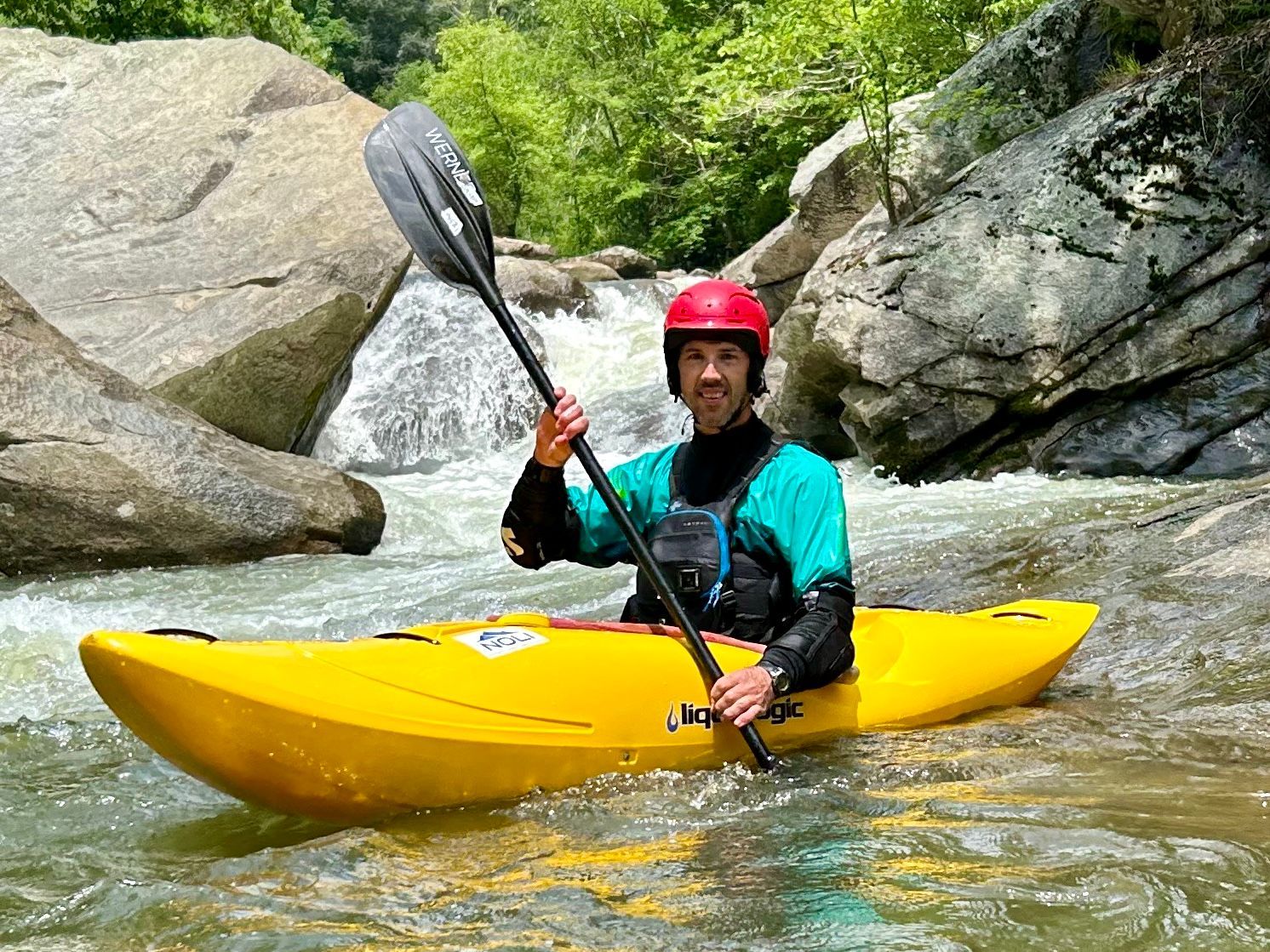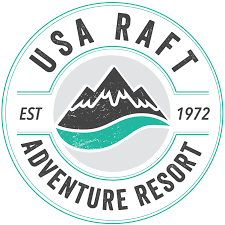An Adventure Sports Take on Coronavirus Risk Assessment
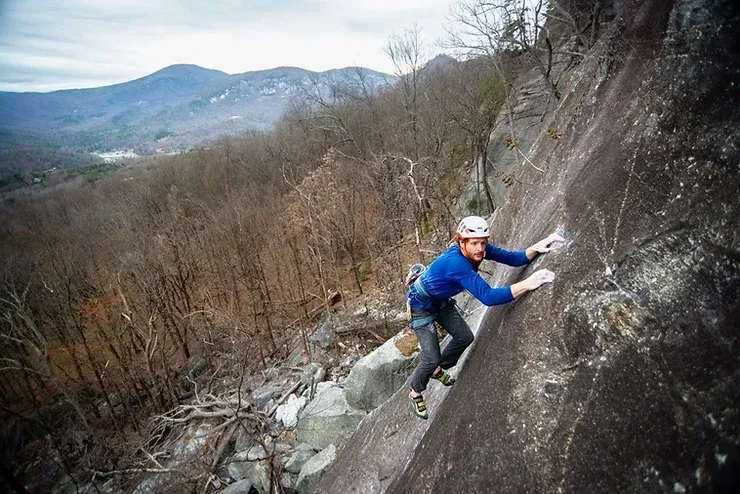
Outdoor recreation comes with a certain yet variable amounts of inherent risk. If we wanted to make the safest possible choices, we’d stay home. Yet for many of us, we’re drawn to the outdoors. For those of us who chose to play hard outside, in a world of changing conditions, often in the wilderness away from roads or immediate help, the question of risk-versus-reward is often present in our minds and in discussions with our crews and partners.
After having spent a lot of time over the years focusing on my technical skills — a better forward stroke, a snappier roll, stronger finger strength or a better back step — I’ve come to view risk assessment as a skill set that is more important, and more transferable, than the technical skills, strength or fitness I’ve focused on over the years.
There are a number of ways of looking at risk by using different metrics to help objectify what are at their core subjective decisions. What most of them share in common is way to look at likelihood of occurrence along with the severity, and to use that information to access whether that meets our own risk tolerance as well as that of our group, crew, company, or in this case, society. These formats are effective but can at times be kinda clunky. They deal best with static risks as opposed to situations where conditions are constantly changing.
A system that I’ve taken to using both in the woods and in life is known as the Acceptable Level of Risk method or, more commonly the “Can I? Should I?” approach. In rapidly evolving, highly dynamic situations, this approach is effective at responding when life is being lived in grey areas.
Simply put, when assessing risk, possible interventions and choosing actions, we ask ourselves (and/or our team), “Can I? and, Should I?” to determine in the choice of action is below your (or your group’s, or in this case, society’s) acceptable level of risk. If the response is a yes to both questions, we proceed. If it is not, we look at ways we might alter our approach to achieve the double positive needed for action, or we choose another course of action, including potentially not acting at all.
With the ongoing uncertainty of a pandemic crossing our globe and through our communities, I’ve spent a lot of time lately pondering these two questions. I’m hearing a lot of people saying they can go paddling, and thus they will. And as the can is often clear and known, I’ve been spending much of my time considering the should.
The answer to this side of things isn’t well known. We are dealing with a functionally invisible pathogen and for the most part, none of us are aware if our primary concern should be not catching the virus or on not spreading it to unsuspecting friends, loved ones and strangers.
For me, while I know I can choose to ignore all requests from public health experts to stay at home, if I’m honest with myself, I can’t answer with a strong yes to a question of if I should. From my standpoint, there are too many unknowns and if I choose wrong, there will be no taking it back or reversing the effects my decisions may have on families and communities.
Perhaps it’s a biased perspective as a coach, but these two questions always point me back towards a greater question: Why?
Why do I feel compelled to seek adventure outdoors? Why do I knowingly take on additional, unnecessary risks to recreate or work outdoors? Why might it be so important to me that I would risk the health of others?
For me the outdoors is all about connection, to people and to nature. It’s about challenging myself and giving myself an opportunity to learn and grow. It’s about friendships and community. It’s about being places that I love and sharing those experiences with others.
From my perspective, the risks we choose to take in the outdoors are our own decisions. But those decisions can and do affect our crew, our partners, our families and communities. Though when push comes to shove, it seems like it’s our own ass, it’s worth noting that countless would-be get injured or worse in responding to someone else’s unfortunate accidents.
In facing a global public health crisis, the impact of our decision can be much more wide spread, trickling from our own communities into others. The choice to ignore requests to stay at home is to willingly increase the risk profile of not just yourself and your crew or family but to your communities, and whomever they come into contact with. We are dealing with a reality where either poorly informed or patently bad decisions are rippling out into the world causing disease across nations and continents. The data on this is quite clear.
For me personally, I just can’t reconcile the should with the can. For me, I should do everything possible to slow and prevent the spread of disease, to mitigate the effects on our healthcare system. I should avoid being cavalier and self serving when the consequence will wreak havoc on other people’s families and communities.
If the question is should I ignore the insistence and advice of public health officials for my own pleasure and amusement, at the risk of endangering others, for me, that answer is a firm no.
Article originally published at https://medium.com/@golder/an-adventure-sports-take-on-coronavirus-risk-assessment-593605afe574.
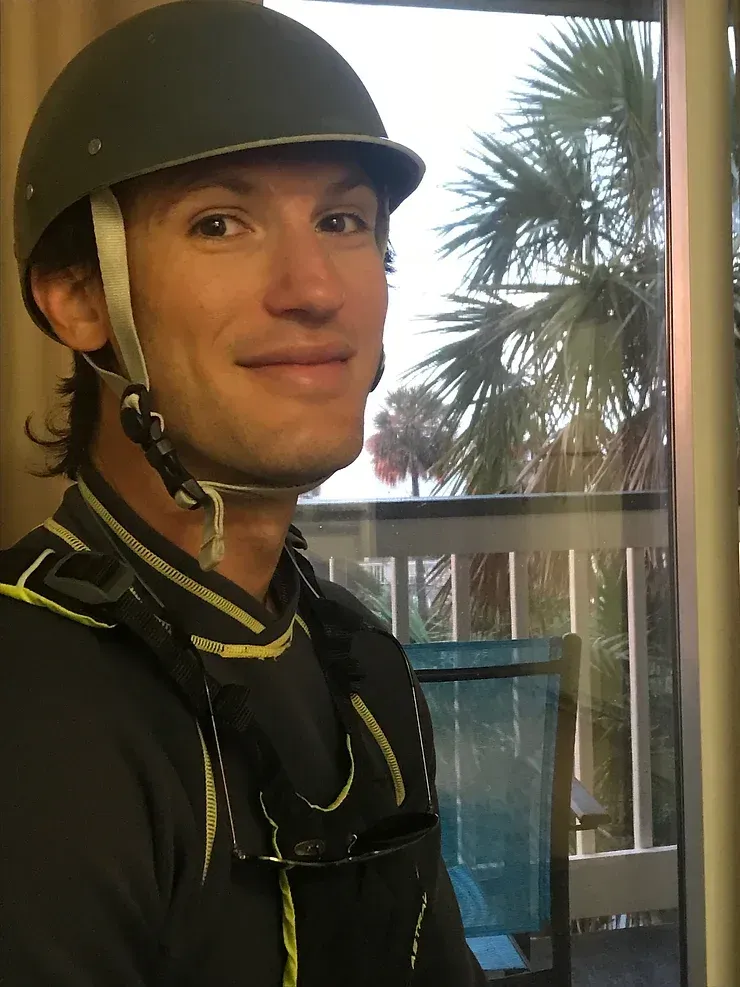
NOLI instructor Golder Goldstein teaches swiftwater rescue. When not outdoors, you’re likely to find Golder spreading the stoke for life and learning as a writer and Certified Human Potential Coach.

